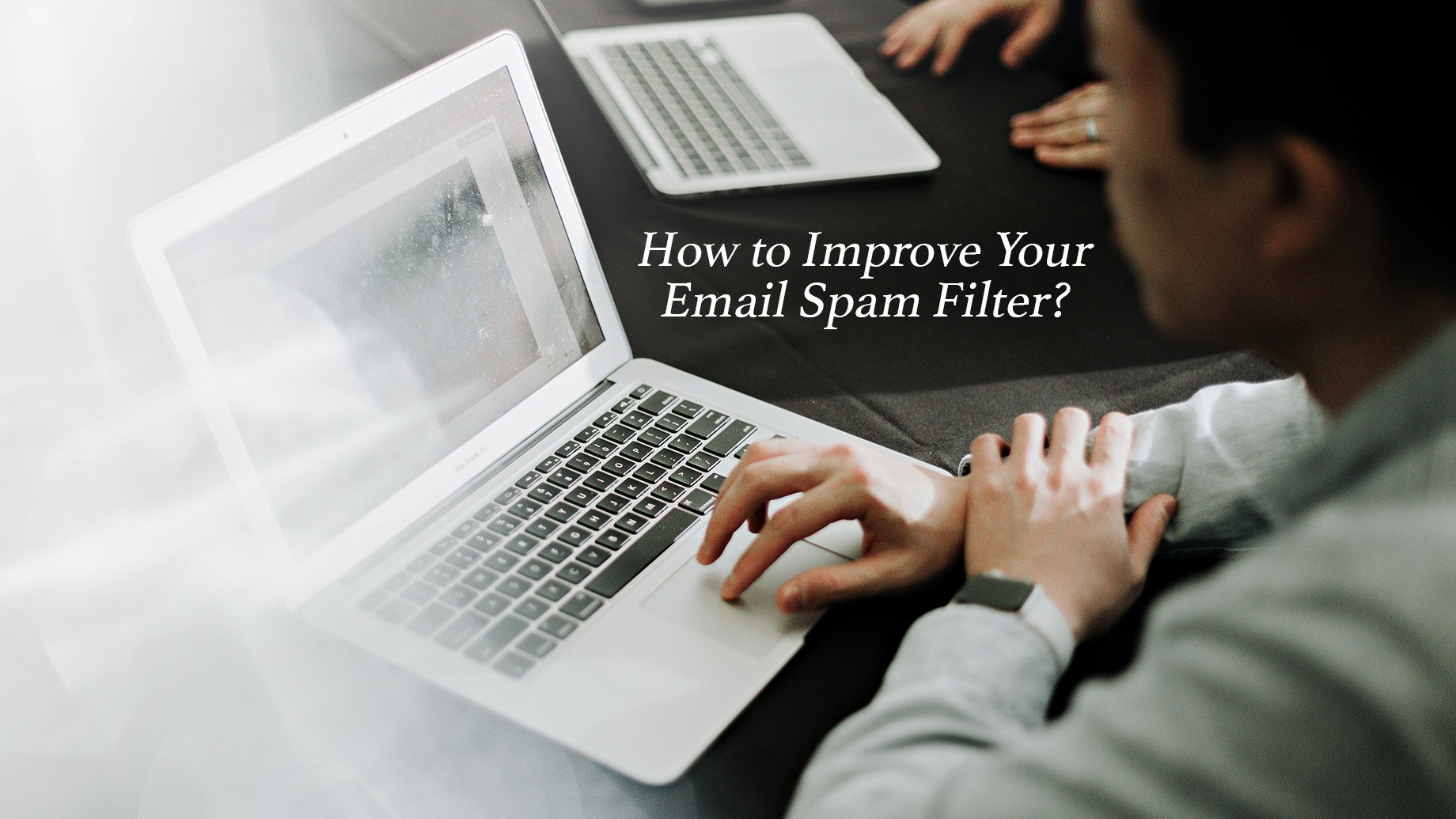
While it’s impossible to completely get rid of spam, you can take steps to filter it out. Although your email service can move spam to a separate folder, it can also be tricked or falsely mark legitimate messages. We may not be able to stop email spam, but we can definitely take measures to improve our spam filters.
Never Respond
If an email looks like spam, you should not open it. If you had opened it by accident, you should never respond to it. If you’re not sure whether an email is legit, it is also important to avoid clicking on any links or buttons or downloading any attached files.
If the email in question was sent by a friend or coworker, but it looks like spam, their email account may have been hacked. In this case, you should get in touch with them at once and let them know.
Report Spam
Your email spam filter’s accuracy will improve greatly if you make an effort to consistently report spam. However, some effort will be needed on your part – you will need to report at least 200 emails as spam for Bayes database activation. The number of emails you’ve reported is updated continuously. This information is available at the bottom of the Spam/Virus protection screen.
It’s possible to set up automatic reporting if IMAP is the primary service you use. To do this, you can go to “Folders” and choose “Learn as non-spam.” Subsequently, you can make a folder named “Learn as spam,” and then select “Purge” for anything over a week old. Next, you can move all spam from your email service to that folder and delete it.
Don’t Just Delete
Your filter isn’t learning to recognize spam if all you’re doing is deleting it – you will need to explicitly mark it as such. In Gmail, this is can be done using the “Report spam” feature. If your email service is not a local one, its anti-spam filter might not be supported. Most well-known security suites share this problem. For instance, the filter will work with Microsoft Outlook, but not with outlook.com.
Save all Trusted Senders as Contacts
Moreover, you should save trusted and known senders as contacts to stop their emails from going to spam. This will also reduce their spam score. Once in a while, you should also check your spam folder for messages that got wrongly marked as spam. This makes false positives less likely. In Gmail, you can mark messages that had accidentally gone to the spam folder as “not spam.” Artificial intelligence algorithms need to be trained to perform tasks correctly. This goes for even the highest quality email service providers.
Conceal Your Email Address
The more people have your email, the more spam you will get. Therefore, you should avoid publishing your email address online. If you need it to be available publicly, you can create another, private one. This is becoming usual practice, as with phone numbers, where most people have one for business and one for personal calls. You can also use a disposable email address to avoid getting spammed. Options to look into are Spamex, Mailshell, and Blur, a free extension available for Chrome and Firefox. This will make spam much easier to deal with.